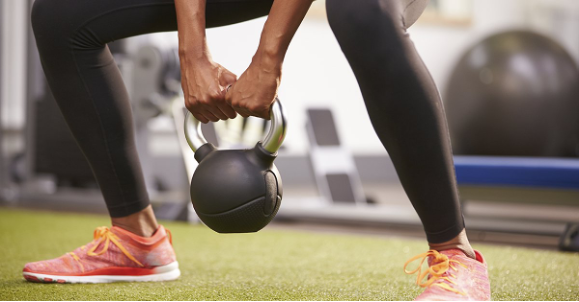YOUTH FITNESS TRAINING
- Nov 22, 2022
- 3 min read
Updated: Sep 24, 2023
Current statistics, the relationship between overweight and obesity, and an increase in disease risk indicate an immediate need for fun and safe youth fitness training program.
THIS OFFERS HEALTH AND FITNESS PROFESSIONALS OPPORTUNITY TO AFFECT THE LIVES OF MANY YOUTH THROUGH THE CONSTRUCTION OF FITNESS PROGRAM.

Dramatic increase in overweight and obese youth in recent decades is attributable to a decline in physical activity levels and poor nutrition.
There are many anatomical and physiological differences between youth and adults. For youth, gains in muscular strength are due to neural adaptations, rather than large gains in hypertrophy, which occurs in adults. Flexibility is greatest in childhood and declines with age. During puberty, bone mineral content accrues at a faster rate than during earlier childhood. Weight-bearing physical activity increases bone density during early pubescence. Heart rate decreases with age, while stroke volume increases as the left ventricle grow which leads to increased cardiac output. Vo2 max tends to increase with age with bigger increase after age of 11 in boys than girls due to greater amount of fat-free mass.
EVIDENCE SUGGESTS FIVE KEY CHARACTERISTICS OF THOSE WHO ARE HIGH ACHIEVERS AND SUCCESSFUL IN MAKING LIFESTYLE CHANGES:
Vision – Identify and clarify vision of what is wanted from life
Strategy – Craft strategies and near-term goals that align with priorities and values for making that vision reality
Belief – Achieve internal focus of control through slow and steady progress
Persistence – Move forward and bounce back from setbacks
Learning – Self-monitor to make adjustments and enhance performance
Cardiorespiratory exercise helps prevent obesity, lowers the risk of developing type 2 diabetes, improves mood, self-esteem and overall health. Each workout should contain three phases: warm up, conditioning and cool-down. Advanced forms of cardiorespiratory training should be more included in training (body weight exercises, sports performance and functional movement circuits). They keep youth moving throughout the training session. Creativity is the key to creating fun and engaging programs that youth will enjoy and adhere to.
NASM DESIGNED THE OPT (OPTIMUM PERFORMANCE TRAINING) MODEL AS A SYSTEMATIC TRAINING PROGRAM.
It has been proven to be very successful in helping all population reduce body fat, increase lean muscle mass and /or strength, improve overall health and improve sports (soccer, hockey, basketball etc) related performance. The OPT model consists of three main levels of training: stabilization, strength and power. Five total phases exist, but for youth clients primarily use the first two phases. A health and fitness professional may use power training for a general youth client under the assumption that they have progressed through the stabilization and strength levels of training.
CORE AND BALANCE TRAINING TEACHES YOUTH BASIC REACTION AND MOTOR SKILL THEY WILL USE THROUGHOUT LIFE.
Core training strengthens the muscles that stabilize the spine and generates the stabilization required for everyday movement. Balance training stresses the limits of stability and is a key to all functional movements. They both follow the three stages of progression in the OPT (optimum performance training) model: stability, strength and power. Youth should engage in core and balance training 2 or 3 times per week.
Plyometric training uses explosive movements (bounding, hopping and jumping) to develop muscular power. SAQ training uses ground reaction forces to train speed, agility and quickness. Fitness professionals have to ask three questions when creating these programs: is it safe, progressive and fun.
REPETITIVE STRENGTH TRAINING IS A SAFE AND EFFECTIVE WAY FOR CHILDREN TO IMPROVE STRENGTH, MOTOR SKILLS, IMPROVE OVERALL PERFORMANCE AND REDUCE THE RISK OF INJURY.
Youth should participate in strength training 2 to 3 days each week with at least 1 day of rest between each session. Exercises should not be limited to dumbbells, kettlebells, bars, etc. Alternative sources include the use of elastic and mini bands, medicine balls, skipping ropes, sandbags and body weight. Repetitive strength training follows the same progression of the OPT model: stabilization, repetitive strength, and explosive strength.








Comments